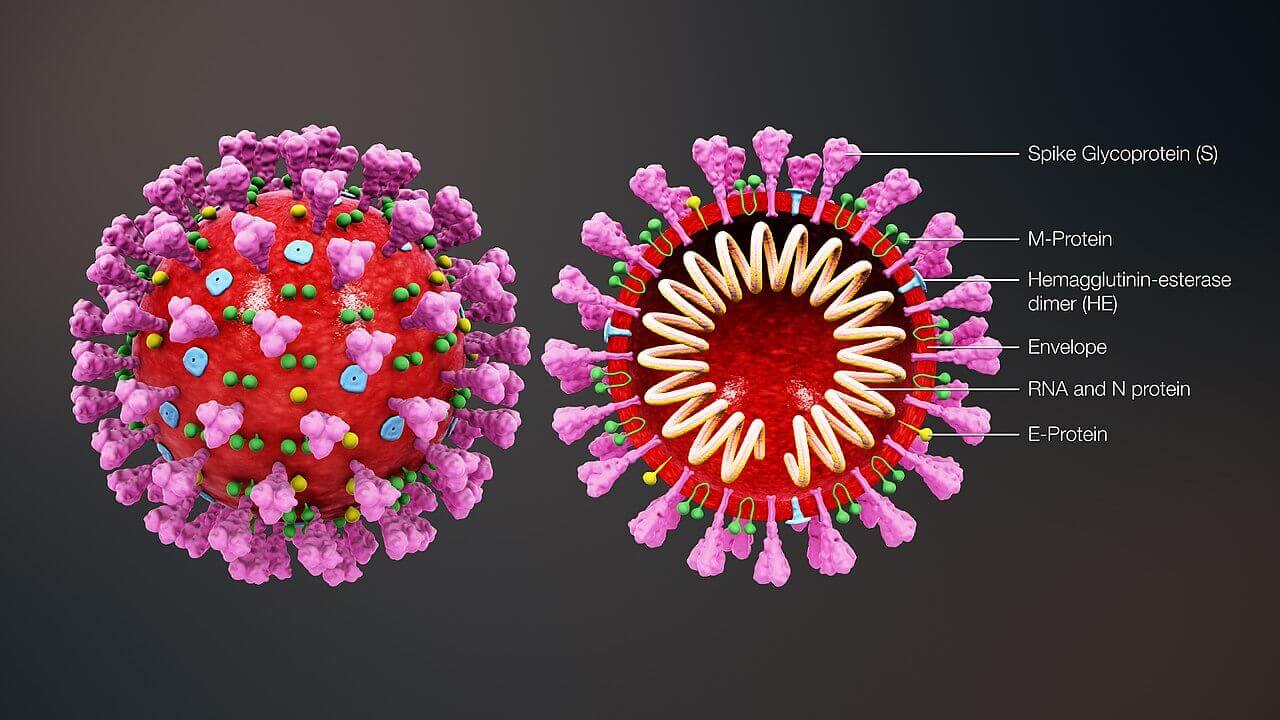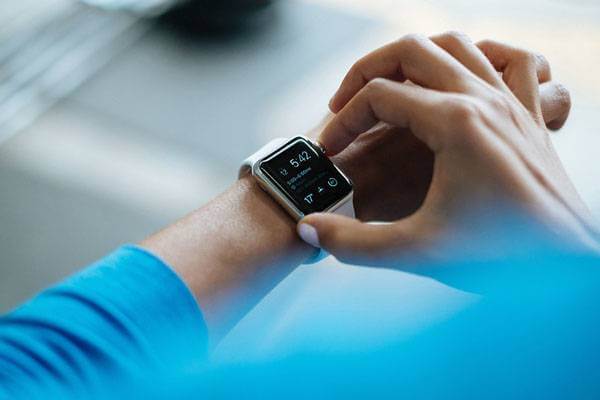- Home
- /
- Read our Blog
- /
- Obtaining location updates about a mobile entity...
Obtaining location updates about a mobile entity for use in a location-sensitive application
The BPAI reversed a patent examiner today on a 103(a) rejection of a claim, in Ex Parte Wilcock et al. The claim was to a method of obtaining the position of a mobile object from a first source at a certain frequency and sending to an application that uses the location data, and decreasing the frequency if there is also a second source of location data. Claim 1 is below:
A method of obtaining location data about a mobile entity for provision to a location-sensitive application, the method comprising:periodically obtaining location updates indicative of the current location of the mobile entity from a first source of location data; and extending the interval between the location updates from said first source when location data indicative of the current location of the mobile entity is available from at least one other source of location data that operates independently of said first source and the location updates provided thereby.
“‘there must be some articulated reasoning with some rational underpinning to support the legal conclusion of obviousness’ . . . [H]owever, the analysis need not seek out precise teachings directed to the specific subject matter of the challenged claim, for a court can take account of the inferences and creative steps that a person of ordinary skill in the art would employ.” KSR Int’l Co. v. Teleflex Inc., 127 S. Ct. 1727, 1741 (2007) (quoting In re Kahn, 441 F.3d 977, 988 (Fed. Cir. 2006)).
The examiner combined 3 references to obtain all the limitations in the claim. The Board found that none of the references showed varying the frequency based on the presence of a second location data source. This type of argument, if true, is usually the strongest type of argument a patent applicant can make to get over a rejection. Otherwise, the applicant is left to argue that it’s impermissible to combine the teaching of the references, which is a tougher one to make if the references are about similar technology. In that case, the board likes to see, among other things, unexpected results when you combine the references, to overturn a rejection.
The Board said that the reference the examiner relied on, Mannings, at best, only provides a disclosure of varying the frequency of providing updates to a positioning system dependent upon changes in system conditions such as the speed of a vehicle, traffic conditions, highway maintenance, etc. (Mannings, col. 8, ll. 48-53 and col. 14, ll. 25-41). None of the references showed changing the frequency based on the presence of another data source.
What might have really won the day was Wilcock’s Patent Attorney’s argument that, if the teachings of Mannings were combined with Cisneros, the logical result would be that the frequency of location updates would be the same for both sources of location data, a factual situation which does not satisfy the requirements of appealed claims 1 and 14.Wilcock.pdf
About The Author

Protect your invention in the USA by obtaining a patent and trademark now from an attorney. Affordable prices and highest success rate from MDE Patents.
Share With Your Friends

Top 10 Things To Know Before Trademarking Cannabis/Hemp Products
Hemp and Marijuana products, till some time ago, fell under the illegal category and were lawfully not in the space of trademark, patent or intellectual

Pandemic: How to Patent PPE Kits in the midst of the COVID-19 Crisis
We are amidst an unprecedented health crisis that has impacted the entire world. The massive numbers infected with COVID-19 saw a sudden rise in demand

Innovating During a Crisis: Patentable Inventions
A crisis – particularly a prolonged on – is not an easy time for creators anywhere. The harsh pressures of the community concerns can make


